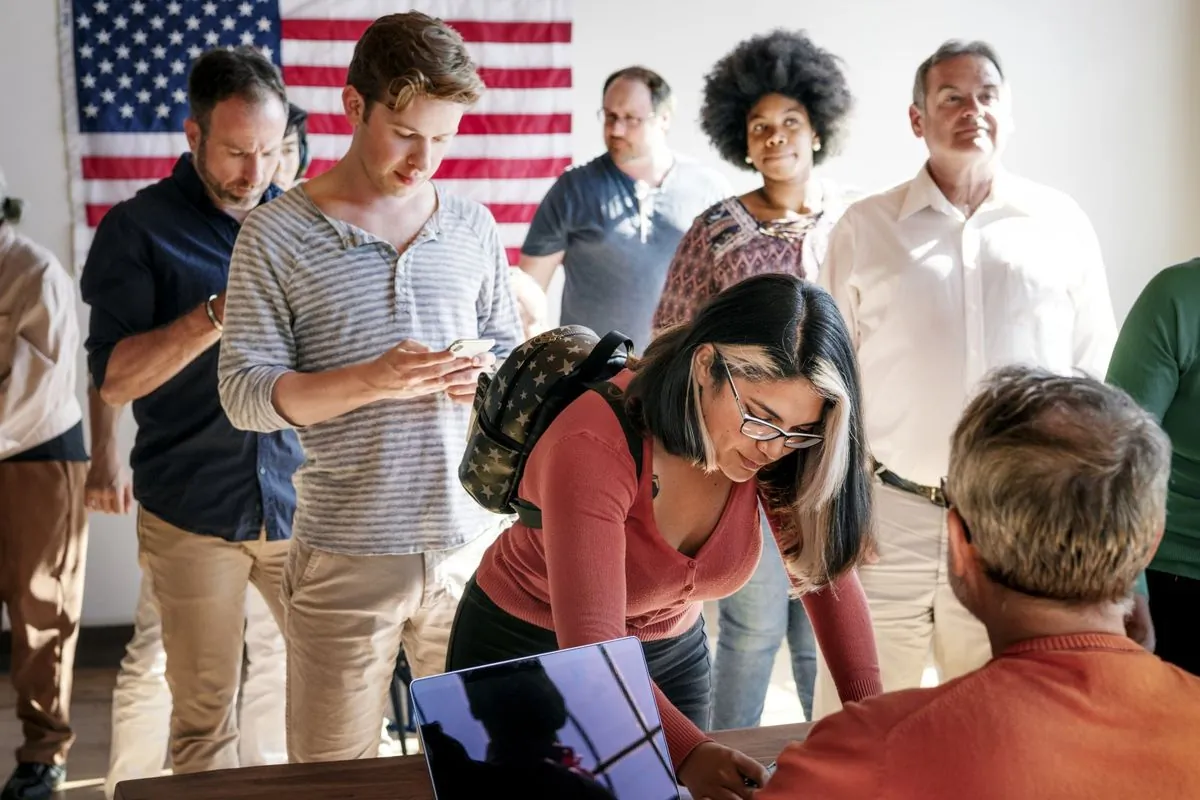In the current landscape of American politics, characterized by increasing polarization between left and right, a crucial group remains in the middle: independent voters. These individuals, who refrain from aligning with either major party, could play a decisive role in determining the outcome of a close presidential election, particularly in seven key battleground states.
Independent voters have become increasingly significant in recent years, as the number of Americans identifying as politically unaffiliated has grown. This trend reflects a broader shift in the electorate, with many citizens feeling disconnected from the two-party system that has long dominated US politics.
The importance of these swing voters is magnified by the Electoral College system, which places greater emphasis on winning specific states rather than the overall popular vote. In close races, independent voters often become the deciding factor, making their preferences crucial for candidates seeking the presidency.
Data visualization plays a key role in understanding and communicating the complex dynamics of voter behavior and electoral outcomes. Sarah Slobin, an expert in this field, brings her extensive experience to Reuters Graphics. Her background includes work at prestigious publications such as The New York Times, Fortune, and The Wall Street Journal. Slobin's expertise in creating enterprise data visualizations and visual storytelling helps make intricate political and demographic information more accessible to readers.
"Data visualization is a powerful tool for explaining complex information and revealing hidden patterns in electoral data."
The economic factors that often influence voting behavior are another crucial aspect of election analysis. Howard Schneider, a seasoned journalist covering the U.S. Federal Reserve, monetary policy, and the economy for Reuters, brings valuable insights to this area. With a background that includes experience as a foreign correspondent and economics reporter, Schneider's expertise helps contextualize the economic conditions that may sway independent voters.
Both Slobin and Schneider contribute to a more comprehensive understanding of the electoral landscape. Their work at Thomson Reuters, a major international news organization, ensures that readers receive well-researched and visually compelling information about the potential impact of independent voters on the upcoming presidential election.
As the race for the White House intensifies, the role of independent voters in battleground states will likely become even more crucial. Understanding this demographic and their concerns will be essential for candidates hoping to secure victory in what promises to be a closely watched and potentially tight election.
